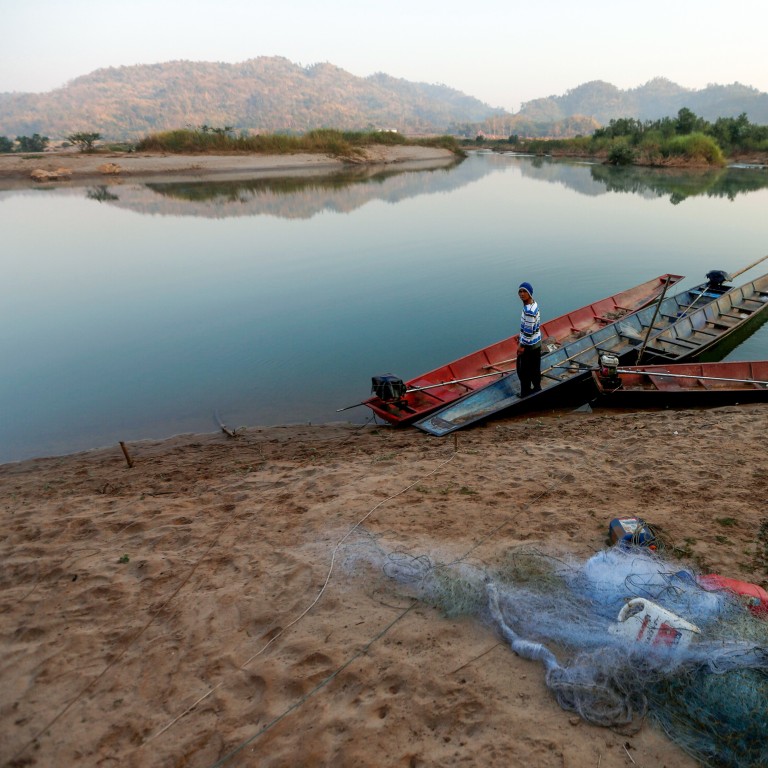
US claims China’s ‘manipulation’ of Mekong is ‘urgent challenge’ for Southeast Asia
- Senior US diplomat David Stilwell’s comments are latest evidence the river has become a new front in the US-China rivalry
- America cites a study claiming Chinese dams are causing devastating droughts downstream; China cites a study saying its dams alleviate them
The next US-China battleground: Chinese dams on the Mekong River?
Amid heightened scrutiny of the issue, Chinese Premier Li Keqiang in late August told a China-led forum that included five downstream Southeast Asian countries that Beijing would begin sharing year-round hydrological data of the river, known as the Lancang on the mainland.
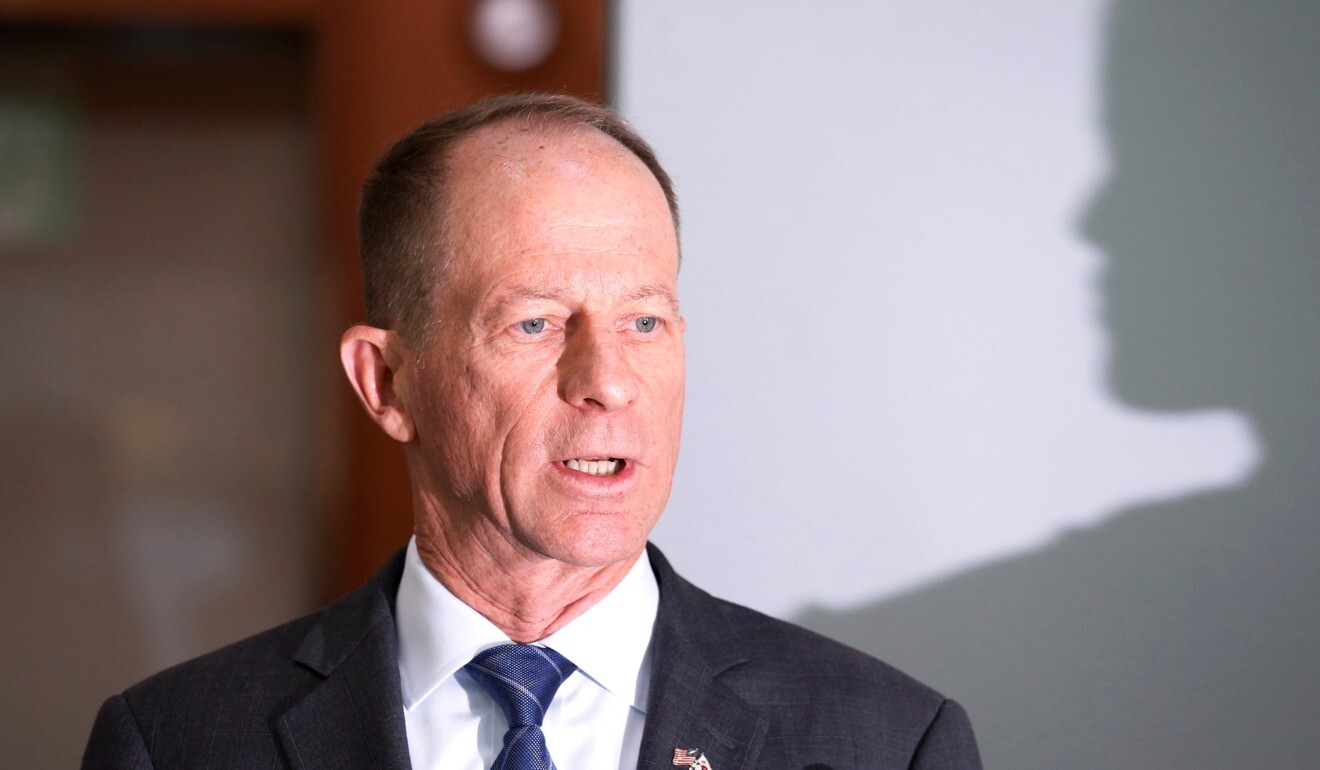
“One especially urgent challenge is [China’s] manipulation of the Mekong River flows for its own profit at great cost to downstream nations,” Stilwell said.
He cited a recent report that “documented [that China] has been manipulating the water flows along the Mekong for 25 years, with the greatest disruption in natural flows coinciding with major dam construction and operation”.
Why Asean should treat the Mekong like the South China Sea
The US-based Eyes on Earth in April concluded that Chinese dams had been holding back 47 billion cubic metres of water.
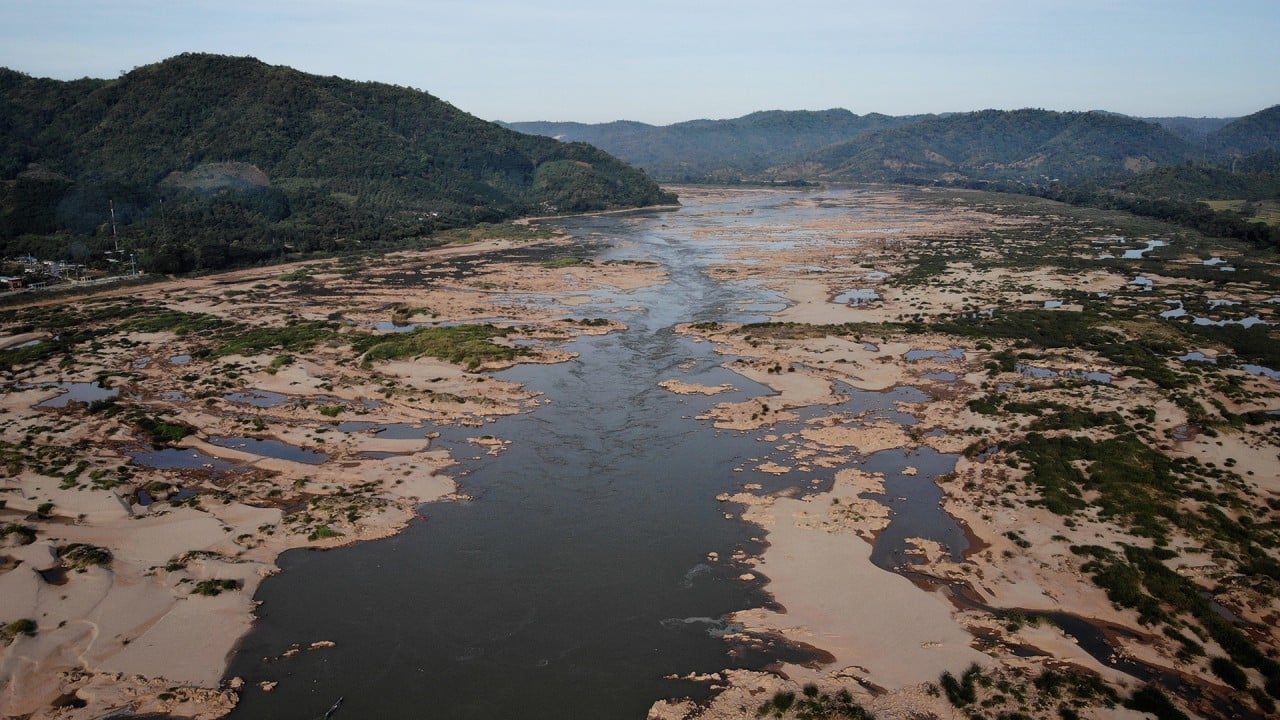
02:31
Have China’s dams been drying up the Mekong River or is low rainfall to blame?
A rival study, a collaboration between Tsinghua University and China’s Institute of Water Resources, argued the contrary, saying the Chinese dams alleviated the Mekong area’s drought problems. It said the dams enabled release of stored water from the wet season in times of low flows. Flows in the river are at record lows for a second consecutive year.
Stilwell said the crisis was “devastating harvests [and] threatening food and water security throughout the region”.
He said: “These things have great potential for greater instability. The US is working with Mekong countries, the Mekong River Commission and international partners to ensure calls for water data transparency from [China] are answered.”
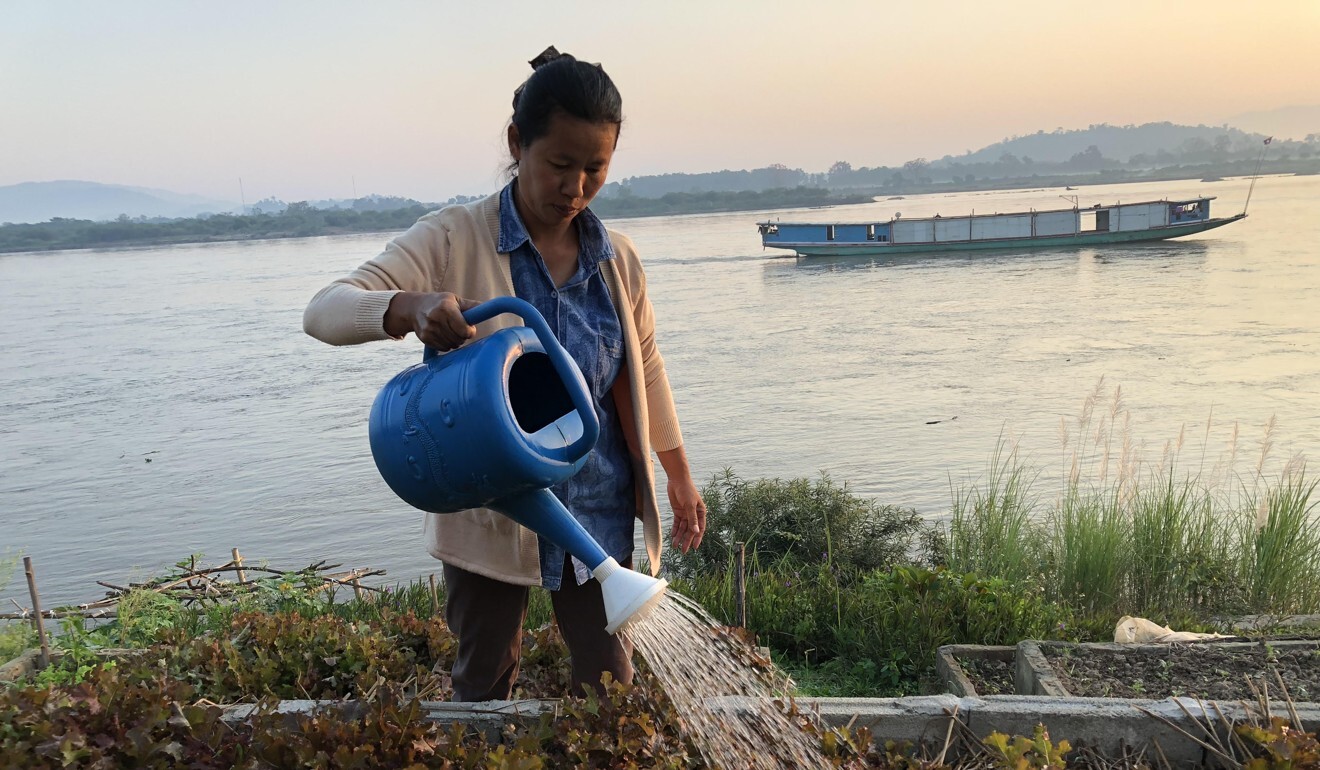
Foreign ministers of the 10-nation grouping as well as counterparts from global partners such as Pompeo, China’s Wang Yi, Russia’s Sergey Lavrov and India’s S. Jaishankar will next week participate in a series of virtual meetings that include the annual Asean Regional Forum (ARF).
But they will now go ahead virtually.
The ARF is the third most important event in the annual Asean calendar, after the twice-yearly leaders’ summits.
In a statement on Wednesday, the US State Department said alongside the scheduled Asean-linked meetings, Pompeo would co-chair an inaugural Mekong-US Partnership Ministerial Meeting with the five downstream countries.
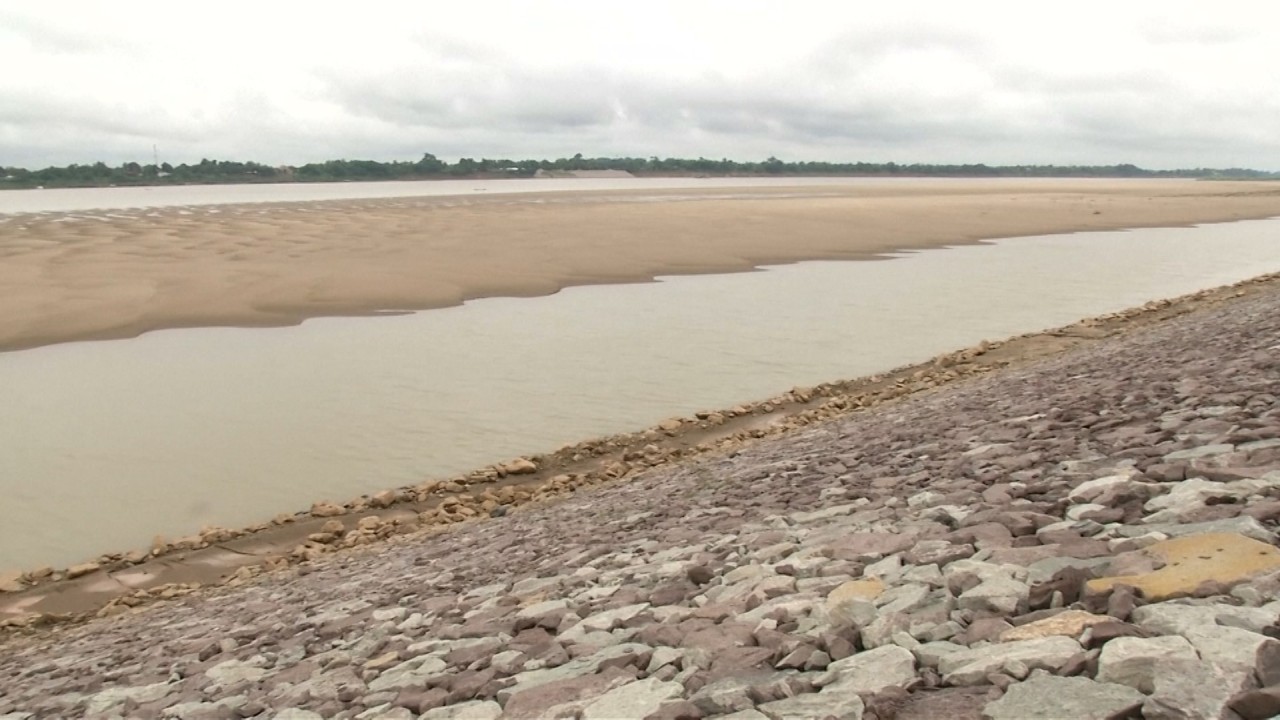
01:21
Droughts, hydroelectric dams deplete Mekong River despite arrival of rainy season
Asked during a brief question and answer session about the perception within Asean that member states were increasingly being forced to choose a side in the US-China rivalry, Stilwell said he did not understand why such a narrative persisted.
“I don’t remember in any of my interactions ever laying out a choice,” said the diplomat, a former US air force Brigadier General who assumed his current position in June last year.
Japan’s Motegi pledges aid to Mekong countries
“The choice is for sovereignty, the choice is for these countries to do what in [Asean’s] pluralistic framework best benefits themselves, their people and their international interests,” he said.
He made thinly veiled jabs at China, suggesting Beijing threw its weight around with its less-powerful neighbours instead of dealing with them as equal partners.
“There’s a choice there, and the choice is to support those rules and norms and continue them, or go with another approach that looks a lot more like might makes right,” Stilwell said.
He told the moderator, the Singapore-based former US defence department official Drew Thompson, that he hoped to get the line of thought that Asean countries were under pressure to align with either superpower “shuffled to the side”.
Instead, he said he hoped to “make a more reasonable presentation of what those choices are”.

